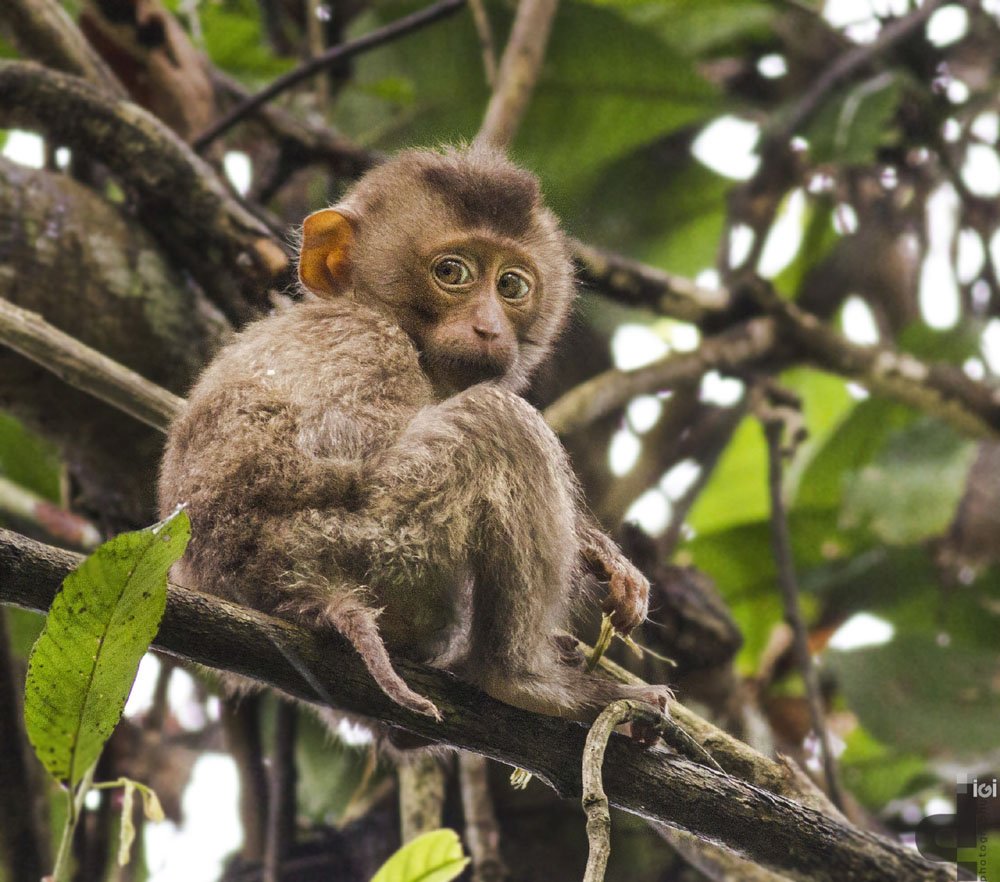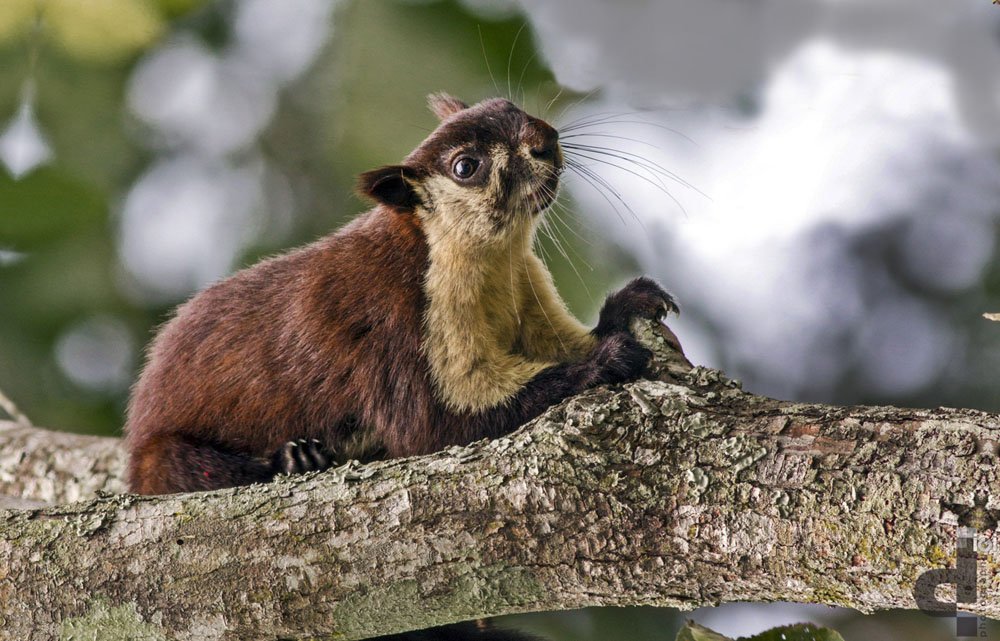Just after the ferry gently docks at Nimatighat, concluding your visit to Majuli, head to the Hollongapar Gibbon Wildlife Sanctuary. Conveniently located about 40 km away, or 20 km from Jorhat through Mariani, it can be one unforgettable trip. For an immersive experience, opt for a homestay within a 10-km radius of GWS or alternatively, settle for night stays in Jorhat.
Your enchanted trip will truly begin the next morning at 6 a.m., when the sanctuary comes to life with a gentle hum of activity and subtle scents of nature. Gibbons population around 100 in the sanctuary, active early in the morning, fill the air with their jungle calls; but as the day progresses, they retreat deep into the forest, making sightings challenging.


Spread 20.98 square km, the sanctuary is a heaven of biodiversity. Amidst tea gardens and human settlements, with the occasional whistle of a passing train (the rail road runs alongside the sanctuary), here you will definitely sight remarkable butterflies with exotic names—Common Nawab, Jungle Glory, Fluffy Tit etc. Also, keep your eyes open for the Malayan Giant Squirrel, and birds to look for include Silver-breasted broadbill, Redheaded Trogon, Blue Whistling Thrush, Jerdon’s Baza, and many more.
An early morning walk-safari guided by a local expert and accompanied by forest guards can be an experience you will talk about for years. They will help you spot Western Hoolock Gibbons, other primates and birds, as you walk along tracks beneath towering Hollong trees. The sanctuary Hollongapar which roughly translates ‘beside the hollong trees’, named after the majestic tree, which is also the State Tree of Assam, provides a window to the life of India’s only ape.
Of course, you have to be patient to sight the Gibbons. Binoculars, camera and tripod can help catch moments of them gracefully swinging from branch to branch above the jungle canopy.


If you want to delve deeper into the sanctuary’s secrets, venture deep with protective leech guards. Home to a variety of primates, including the Capped Langur, Northern Pig-tailed Macaque, Stump-tailed Macaques, Rhesus Macaque, Assamese Macaque, and the elusive Bengal Slow Loris—a nocturnal primate exclusive to the northeast—you just might be lucky to sight them all.
Tread lightly in this home of one of the most endangered primates, a variety of butterflies, birds, and a rich diversity of plant and wildlife. It is not just a destination: it is a portal to a world where wonders unfold.
